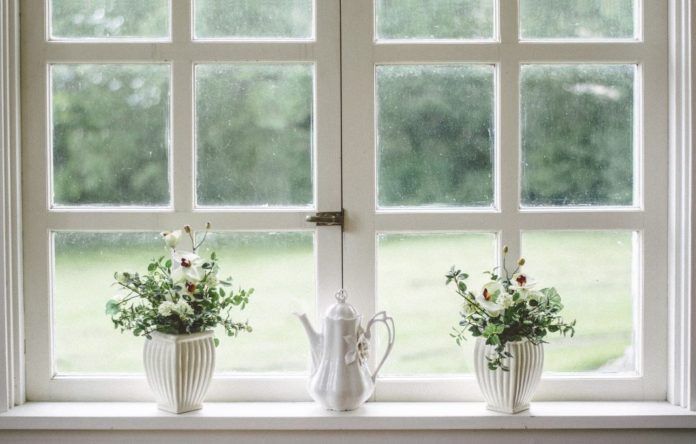
During wintertime, it’s important homeowners are not over-reliant on their central heating to keep the house warm. Criterion Flooring explains some of the simple ways to insulate and better winterproof buildings.
Not being ‘winter-ready’ leads to drafts and damp issues occurring, resulting in higher heating bills, and at a cost to the environment.
Cold wind and air can enter an uninsulated property through the walls, roof, windows and even floor. There are a few ways to combat this, however.
DOORS & WINDOWS
Cold air can enter a property through gaps in windows and door frames, this is especially apparent in older properties with wooden frames which can come detached over time, rather than modern PVC frames. One way to rectify this issue is to purchase draft excluding insulating strips, which can be bought cheaply. Insulating foam can also be used to cover cracks which let cold air in.
It’s easy enough to stop a draft from spreading underneath a door. Draught excludes are cheap to buy and easy to make. Simply rolling up a blanket or towel to place at the bottom of a door will prevent cold air from passing underneath a door.
External keyholes, letterboxes and pet flaps can also allow the elements in, so check these are fitted correctly to prevent any unnecessary gaps occurring.
Fireplaces can also allow lots of cold air to enter and spread through a property. If a fireplace doesn’t get used, then sealing this with a chimney balloon or closing the flue will help keep your property warmer.
FLOORING AND FLOORBOARDS
Installing a thick carpet or rug above wooden floorboards is an effective way to stop the cold passing through floorboards. Even if this is just a temporary solution for the winter months.
Another method of insulating flooring is to seal any gaps between hardwood floorboards with a silicone filler.
INSULATE WALLS AND ROOF
The majority of heat from an uninsulated property is lost through the walls and loft. These aren’t as straightforward to resolve as sealing gaps with foam and tape. The most effective way to insulate the walls and roof of your property is with a cavity wall insulation, which should be carried out by a professional.
LOOKING AFTER RADIATORS
Ensuring radiators are running efficiently will ensure your home stays warm throughout the wintertime.
Bleeding radiators will ensure any trapped air will escape from the system, which can create cold spots. This way warm water can spread more efficiently through the radiator and heat the room better.
Rearranging furniture can also help heat spread through a property more effectively, for instance if there is furniture placed directly in front of a radiator.
Pipes are subject to freezing and cracking in low temperatures. Insulating pipework can save homeowners lots of money and hassle down the line. If the water in a pipe freezes it expands, which cracks the pipe resulting in a leak or flood, which will cost lots to repair and cause serious damage to a property.
Foam pipe covers for external pipework also protects them from the wintery elements. They can be cut to length then wrapped and secured around a pipe with tape. This prevents the water passing through to the internal pipes from freezing.
SEEING DOUBLE
A high number of homes in the UK nowadays have double glazing. This extra layer of insulation is excellent at keeping cold air outside and warm air inside a property. Other ways you can improve the heat retention of your windows is with thick curtains. This adds another layer of insulation.
